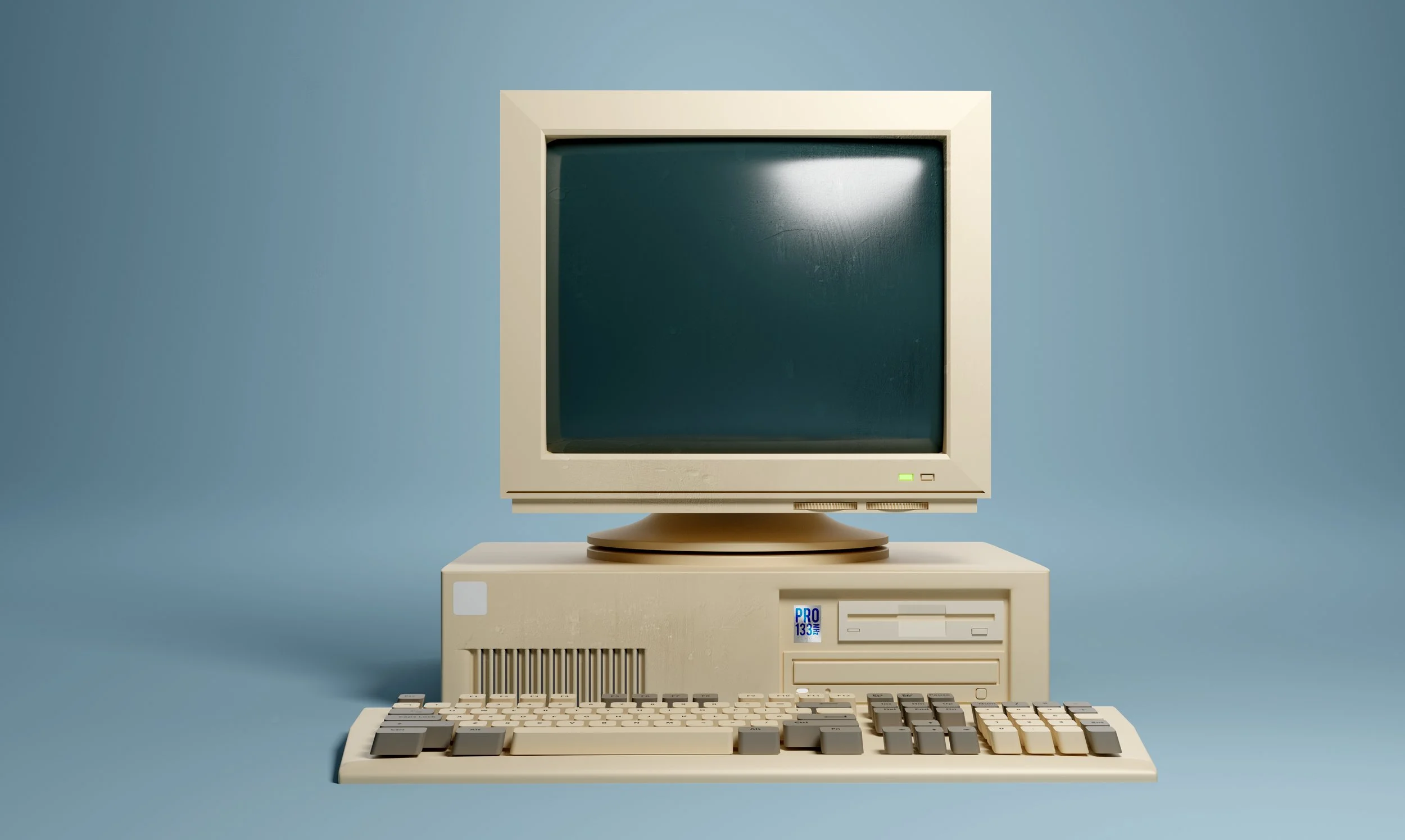Charts of the Year
As 2020 comes to an end, our team is sharing seven charts that help summarize some of the puzzling financial activity we experienced this year. We have been including these charts in our group education meetings as visual aids to help explain 2020’s market volatility. For the readers who did not attend one of these meetings, we made this post for you to reference in the future.
2020 was a year that represented a disconnect between the stock market and the economy for many investors. On one hand, the stock market (represented by the S&P 500) is up over 14% this year. On the other hand, many local businesses and industries have been devastated by the pandemic. Investors had a difficult time sorting out those two facts, especially between late March and September.
In order to rationalize 2020 market returns, we look to the five largest companies in the S&P 500 (in chart 1 and 2) that have led the charge in terms in performance. Specifically, these five companies are Microsoft, Apple, Amazon, Google, and Facebook. Compared to industries like airlines, hotels, and restaurants, these five companies were able to offer services and be agile in the pandemic. Couple that with those five companies making up over 21% of the stock market (the largest piece of the pie chart in the last years) and you can create a narrative of why the market has performed well while areas of the economy have struggled.
Repeat after me, past performance does not guarantee future results. It’s important to remember that now more than ever because 2020 produced some impressive returns. Combine that with 2020 being a year where Robinhood investors, or in other words younger investors who had more free time on their hands, became interested in the stock market, options trading, crypto currencies, and other investments. What’s interesting about 2020 is that many of the names or asset classes that people are familiar with or use every day happened to be some of the best performers of the year. Years like this don’t always play out this way, but Peter Lynch’s quote of “Invest in what you know” certainty paid off this year with individual’s taking products that they own/use frequently and investing in them. The above provides a sampling of some of top performers of 2020. As you can see you probably interact with of these line items daily.
While what we have experienced nationally (and globally) this year has been unprecedented, in the context of the last 40 years of market returns it is not abnormal. Since the start of 1980, the S&P500 (excluding dividends) has returned an annualized 9%. Despite having average intra-year drops of 13.8%, the market has finished positive 75% of the time. Short-term market volatility has paved the way to long-term investment returns, and 2020 has proven no different.
For us investors, this is a reminder to remain invested through the market turbulence. Patience is a requirement for long-term success. Warren Buffet said it best with his quote,
“The stock market is a device for transferring money from the impatient to the patient.” - Warren Buffet
This chart illustrates the consequences of hitting the “panic button” when we experience market turbulence. If we buckle up and hang on tight, there is potential to see long term growth versus throwing on the parachute and cashing out (hitting that proverbial panic button).
Opportunists unite. With historically low interest rates, many people have taken this opportunity to refinance their mortgages. By refinancing their mortgages, individuals and families have improved monthly cash flow, decreased the amount of interest paid over the life of their loan (often saving tens of thousands of dollars over a 15-, 20-, or 30-year period), and shortened the length of their mortgage. To join the rest of the opportunists, see our post Refinancing Your Mortgage: A How to Guide.
In March alone, the number of initial unemployment insurance (UI) claims increased by more than 3,000% as businesses closed to slow the spread of the coronavirus. People have suffered this year, and none of us will look back at this time and wish we did less.
This graph focuses on unemployment, but we know that hospitalizations, closures, and fear also increased in the first half of 2020. In a time of desperation, our communities responded to the suffering in an inspiring way. Specifically, the number of small charitable donations ($250 or less) increased 19.2% over the first six months of 2020 compared to 2019. You know someone who has been unemployed this year, and you also know someone who used dollars to alleviate some of the widespread grief.
We hope these visuals help you digest some financial information from this past year. We don’t know how 2021 will unfold, but we do know that market timing is dangerous and most of the time impossible. Staying the course is candidly a boring investment strategy, but one that typically yields the best results.











